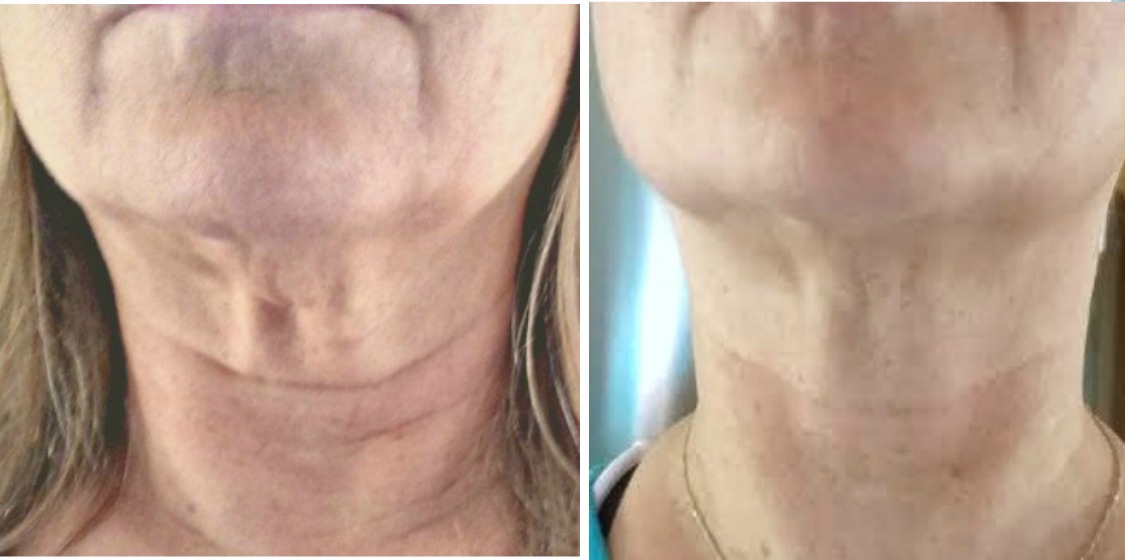- FACE |
- EYES |
- SKIN |
- WHAT'S NEW?
Disclosure: As an associate of Amazon and others, I may earn commission on certain purchases.
Safe Sunscreens
Safe Sunscreens? What does that mean?
With all of the dangers of spending too much time in the sun, unprotected, it seems now a days we have to worry about the dangers of sunscreen too!
Even what seems to be the safest sunscreen, may not be the best ones to use. Just reading the labels may not be enough.
Dangers of Sunscreens
Unlike sun blocks, which are a physical barrier against the sun, sunscreens let in more UV rays, because they are a more simple chemical barrier and don’t reflect the sun’s rays, but in fact absorb the radiation.
In fact, research suggests that of seven hundred eighty five sunscreens looked at; more than 80% of them did not give enough protection from the sun’s UV rays.
Another major problem cropping up is that the chemicals in sunscreens can change the levels of the female hormone estrogen within the body and create dangerous amounts of free radicals.
All of this can cause cell damage by affecting the DNA of the cells themselves. This has proved itself out in the laboratory, on mice, over and over again in recent experiments.
Sunscreen Statistics
Two brothers, working as researchers at the University of California, Drs Cedric and Frank Garland, said that while there is some evidence that sunscreens can prevent some squamous cell cancers, sunscreens cannot prevent basal cell cancer nor cannot it protect you from melanoma.
The researchers also concluded that in specific countries - where chemical sunscreen use is highly touted, there is a higher incidence of melanoma, and other skin cancers.
Chemicals in Sunscreens
How many of us pay attention to the ingredients in sunscreens? All we know is that they work by chemically blocking the sun’s UV rays from penetrating the skin.
In theory, this is a good thing, however, some of the chemicals themselves are now coming under fire because either their efficacy isn’t as good as once thought or they are far more harmful to the human body.
As of this writing, the primary culprits on the do not use list are:
- octyl-methoxycinnamate (OMC)
- 4-MBC (4-methyl-benzylidene camphor)
- Homosalate
- benzophenone-3
- PABA
Safe sunscreens
Finding a safe sunscreen is all about reading the label and knowing what chemicals to look for.
The safest sunscreens seem to be the one that are pretty much free of chemicals and that rely on zinc oxide and titanium dioxide as the primary ingredient.
Here is a list of some of the safest sunscreens according to the Environmental Working Group (EWG).....................
The EWG is a non-profit organization dedicated to environmental research in the areas of toxic chemicals and human health.
Certain specifications they look for in terms of a safer sun product is:
- They must offer good UVA and UVB protection
- The protection ingredients should not breakdown when exposed to the sun
- In addition to the 5 chemicals listed above - they should not contain oxybenzone or retinyl palmitate(vitamin A)
- They should come in a cream/liquid form that you have to apply yourself - as opposed to a pump or spray. I think the concern here are the chemicals found in most spray applicators.
Here is a selection of sunscreens that meet the standards set forth by EWG:
Mustela Sunblock Lotion SPF-50 - Great for babies, sensitive skin and those with allergies. It's hypoallergenic and does not contain synthetic sunscreen chemicals. Most affordable.
SkinCeuticals Physical UV Defense SPF-30 - This super natural chemical free, titanium dioxide protects from UVA and UVB damage. Green Tea Extract, Apple Extract, Citrus Extract, and Sugar Cane Extract helps to brighten and smooth the skin and protect against free radical damage.
MyChelle Dermaceuticals. This natural mineral based sun care makes several different types of sunscreen specifically for different skin types - like extra dry or oily skin.
Solbar Shield SPF 40 - Does not contain any synthetic sunscreen agents. Especially good for dry skin because it contains aloe vera and vitamin E. Also, very affordable.
Please note that this is just a partial list and EWG states that their information may change or get updated based on new research, science, or if companies reformulate their products.
I'll try to report any changes or updates to safe sunscreens here on this site and in my Wrinkle Free Newsletter.
Return from Safe Sunscreens to Sunscreen Facts
Return from Safe Sunscreens to Wrinkle Free Skin Tips
Popular Articles
Watch how I reduced crepey skin under my eyes....
As an Amazon Associate I earn from qualifying purchases. Other links on this site may lead to other companies I'm associated with.
Recent Articles
-
Easy Eye Solutions - Under Eye Lines & Crepey Skin. See My Results!
Jun 29, 21 04:20 PM
Easy Eye Solutions Instant Eye Tuck Serum. Free Shipping & Sample Sizes. See before and after video -
Crepey Skin Remedies - Natural Cure for Face, Eyes and Neck
Nov 04, 20 02:53 PM
Crepey Skin Remedies - Crepey skin can be reversed naturally at home. See before & after pictures of my results.
















